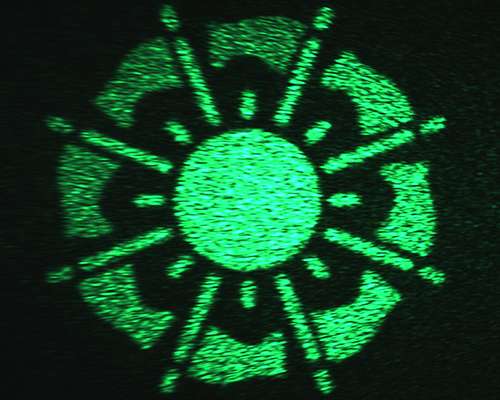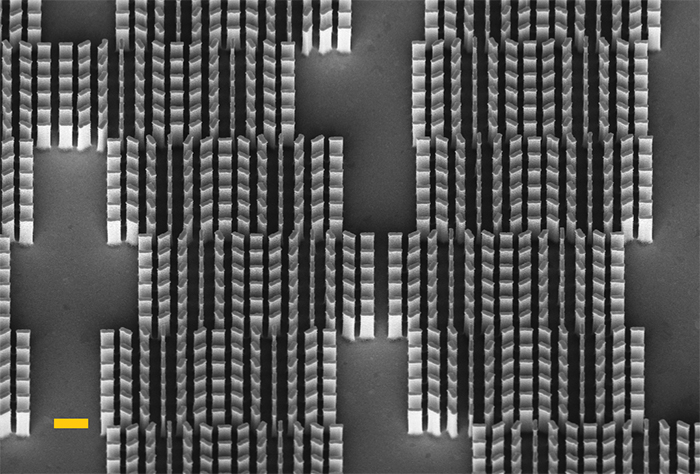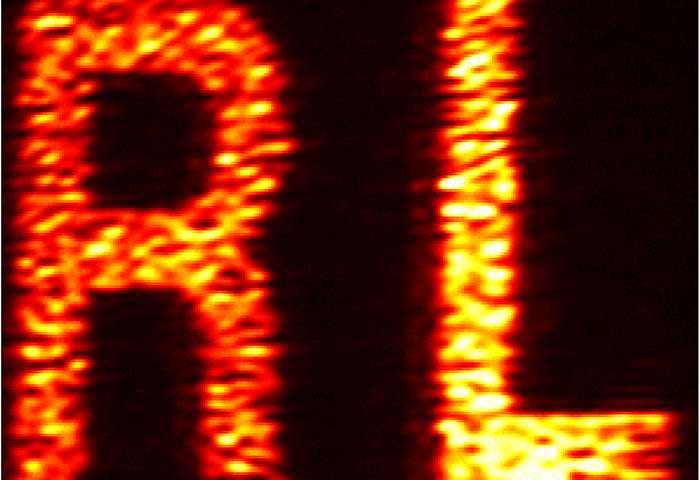Nanotechnology Helps Further Holographic Uses With the Help of a More Complex Light Polarization


Researchers from the Harvard John A. Paulson School of Engineering and Applied Sciences have programmed compact holograms to contain polarization. These new holograms use nanostructures that produce a varying degree of images depending on the direction light vibrates.
While holographic technology has been a part of our world for decades, it is still a struggle to come up with more compact, efficient and secure solutions. Holograms protect our money and our identifies on a regular basis.

The complete study can be found in Science Advances journal. Senior author of the paper, Federico Capasso is the Robert L. Wallace Professor of Applied Physics and Vinton Hayes Senior Research Fellow in Electrical Engineering, calls the research innovative in that it uses nanotechnology in order to make holograms that minimize the amount of light lost in order to create images. Thanks to incident polarized light, you are able to see a much crisper image, store far more images and retrieve many more as well. He goes on to say that polarization adds a completely new dimension to holograms that can be used to help the fight against counterfeiting.
View post on imgur.com
Holograms were projected on a white screen to demonstrate changing the wavelength of light from blue to red. Credit: Capasso Lab
Holograms are similar to photos in that they capture a field of light surrounding an object. The difference is photographs can only capture the intensity of the light, while holograms capture both the intensity and the phase. This is what gives holograms their 3D effect. Mohammadreza Khorasaninejad, first author of the paper and postdoctoral fellow in the Capasso Lab says their holograms are different than other holograms because they offer an additional degree of freedom when it comes to design. This is due to the fact that their images produced depend on the polarization state of the illuminating light.

The team created silicon nanostructured patterns on top of a glass substrate. Each responds to a very specific polarization state of incident light. For additional information to be encoded in the hologram, nanofins can be designed and arranged in a way that allows them to respond in a different manner when exposed to the chirality of the polarized incident light.
Co-first author of the study and research scientists in the Capasso Lab, Antonio Ambrosio says being able to encode chirality can have many different important applications when it comes to information security. Chiral holograms may be able to display a certain sequence of images only when exposed to a very specific light polarization, which would not be known by the person trying to forge. With the help of many nanofin designs, a wide range of images could be stored and retrieved by using light with many states of polarization.

Ambrosio states modern polarization imaging systems require a large number of optical components in order to view images. The team’s metasurface holds the ability to view images with the help of a single layer dielectric surface.
What makes this research most exciting to Khorasaninejad is that some of the holograms will have a lens function. This will mean images can be produced from much wider angles, which when combined with the small footprint and light design could mean huge potential for wearable applications.









